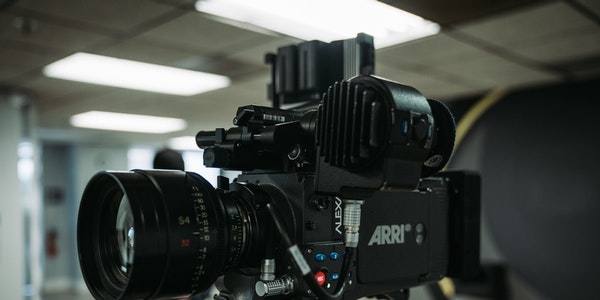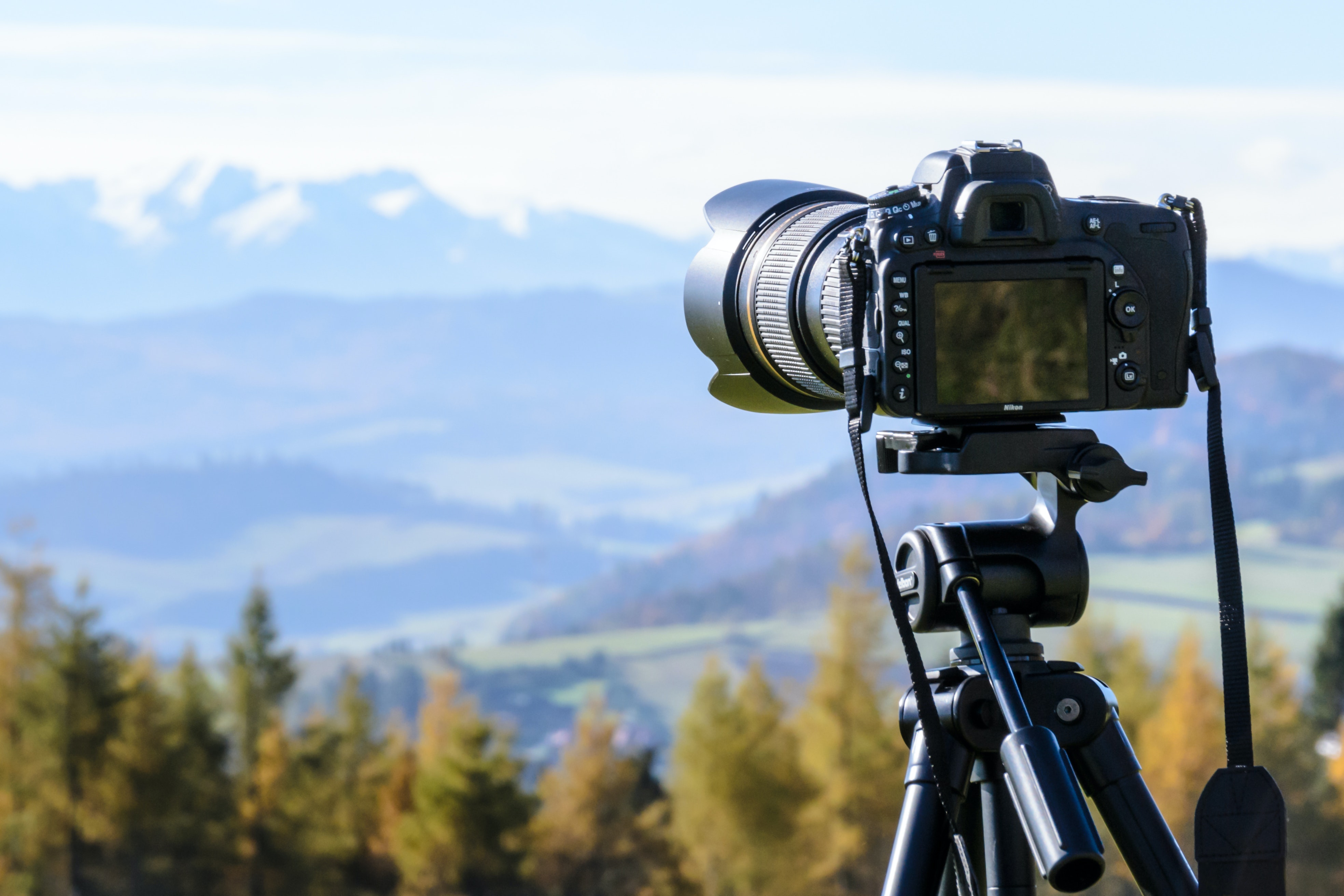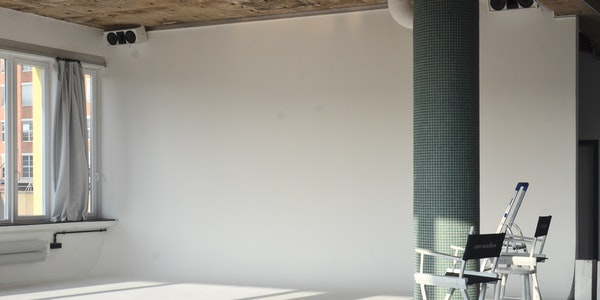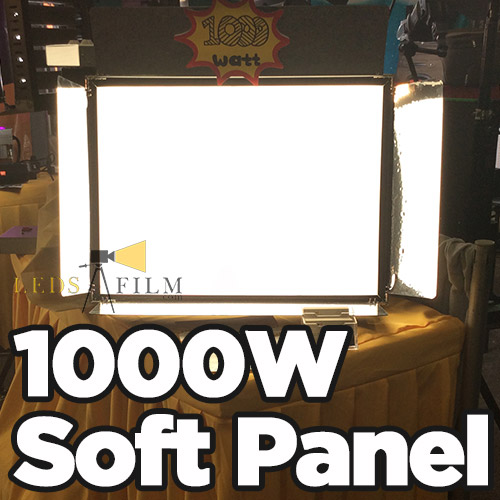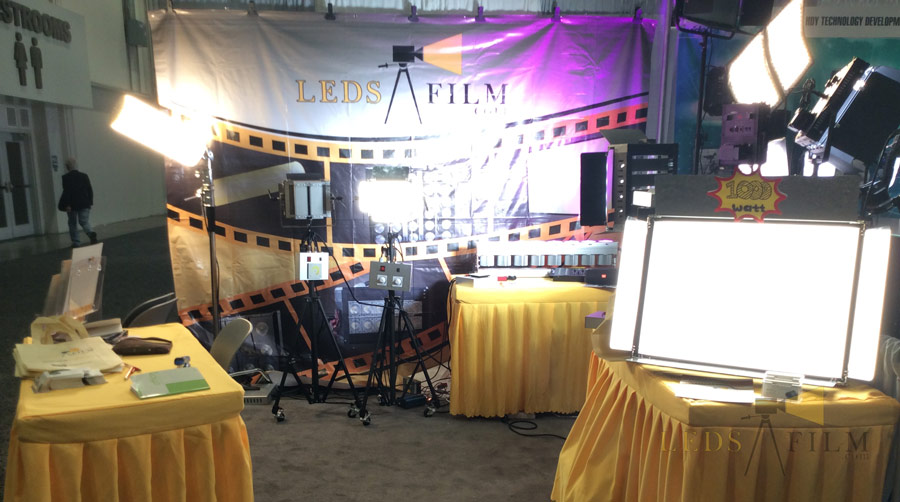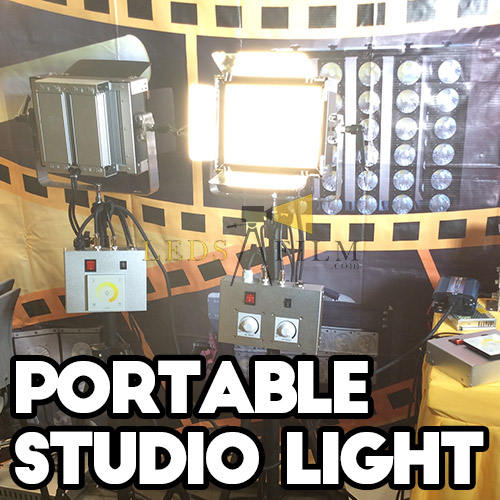Several common artistic techniques in movies
Variety of artistic techniques of play, that is, play authors often adopt various artistic techniques in their works. The more commonly used ones are contrast, exaggeration, metaphor (simile and metaphor), repetition, presentation, parallelism, etc.
The playwright uses these artistic techniques to make the film more vivid, artistic, and moving.
1. On the choice of theme and subject matter
The main idea of the script is the so-called “soul” and “main brain”. It is the central idea of the author in his works. It is the performance of the dramatist’s understanding, knowledge, evaluation and ideals of life, society, history and reality. It is also reflected in the selection, tailoring, and refining of the material written by the playwright using film thinking.
In addition, when establishing the theme, the playwright must consider the individuality of the theme, that is, its uniqueness. The theme of the script, that is, the events and content described, is the material processed by the author for obedience to the theme.
2. About the collection and refinement of materials
The center and purpose of collecting material is to characterize the central character in the script. Therefore, the collected material should be the most concentrated and powerful to reveal the character’s psychology, characterize the character, and express the person’s thoughts. After selecting, processing and transforming the events in life, it has become a typification of artistic requirements to meet the requirements of aesthetic appreciation. This is the role of refining.
3. Shaping the character
People are the most important main description object in movie scripts, and they are the main body that constitutes the artistic image of the movie. The key to character image creation is character description, and its main core problem is the typical character of the character.
4. Plot conception and conflicts
The plot in the movie is composed of a series of specific events that reflect the relationship between the characters, and show the changes and development of this relationship. In the plot conception, there must be a proper and reasonable arrangement for the layout of the plot line, the coordination between the main plot line and the secondary plot line, and the foil relationship.
In the film drama, the conflict is the basis of the plot, and it is also the driving force for the development of the plot. It is through conflicts that can reveal the essence of life more profoundly. At the same time, through contradictions and conflicts, the character and quality of the characters are portrayed, and the image of the characters is created.
5. The use and characteristics of language
The language of movie scripts is divided into two categories: one is narrative language, which is specifically expressed in the screen image that uses words as a medium to describe the combination of sound and picture in the script. The other is voiced language, which refers to monologues, narrations, dialogues, narrations, etc.
6. The basic narrative form and artistic technique of the script
1) Various narrative forms: The narrative forms of movie dramas are generally divided into narration, flashback, interlude, etc. Different narrative forms have formed different play structures.
2) Variety of artistic techniques in play: Playwriters often adopt various artistic techniques in their works. The more commonly used ones are contrast, exaggeration, metaphor (simile and metaphor), repetition, presentation, parallelism, etc. The playwright uses these artistic techniques to make the film more vivid, artistic and touching.
Application examples of different artistic techniques
The stream-of-consciousness movie “Wild Strawberry” combines reality, illusions, and dreams in memories into an unsequential and illogical structure, allowing the audience to see the shadow of loneliness gradually moving and expanding in the dimension of time, as the shadow moves. And expansion, expressing the premonition, fear and confusion of the owner of the dying year about the future death. There are so many incomprehensible places in this movie, and sometimes it feels boring.
“Love in Hiroshima” expresses the subtle connection between the madness of individual emotions and the madness of human politics through the stream of consciousness method of trembling fingers.
In “Last year in Marienbad”, Renai tried to analyze human behavior from the subconscious state. The subconscious mind became the basis of the film. Therefore, the film mixed the past and the present, the present and the memories, the reality and the fantasy, the dream and the reality. The plot is confusing and the meaning is ambiguous.
“The Double Life of Veronica” organizes the film with a casual flow of life as the structure, with gray astigmatism dominated, creating a dull and depressing atmosphere of tragedy throughout the film. The heroine’s performance without performance highlights the completeness of the narrative and the richness of ideology in the long shot. If the audience can’t understand Veronica’s psychology, they will see the clouds, mountains and mists. Moreover, some seemingly insignificant scenery, such as a ray of sunlight breaking through a cloud and a leaf floating down, is also difficult to understand, especially if there are cultural barriers, which is even more difficult to understand.
Most of the French New Wave films have simple plots, but they have a variety of film techniques: shots are mainly cut through, and even free jumps, which is inexplicable, but conforms to the essence of existentialism-existence is neither reason nor inevitable. The artistic career of the director of the film manual school is a process of giving full play to the freedom and initiative in film expression.
This has formed some characteristics of art films: art films have permanent and suppressed blanks; the display is lagging and quite scattered; the narrative is increasingly lacking in universal motives.
Even if the character himself is still ignorant of his spirit, the viewer must always pay attention to how the character gradually reveals its true face between the sitting, sitting, sleeping and setting props. The art film forms a set of scenes to reveal the inner world of the character. Prompt: static posture, sneak peeking, seemingly smile, walking aimlessly, scenery full of emotions, some things related to the story.
Art films often show huge omissions in their narratives–to be more precise, huge gaps. A series of complex actions are reduced to three or four simple fragments. Compared with the reality they are intended to represent, they themselves cannot be omitted. The audience must therefore endure vacancies for reasons that are longer than usual when watching classical movies.

